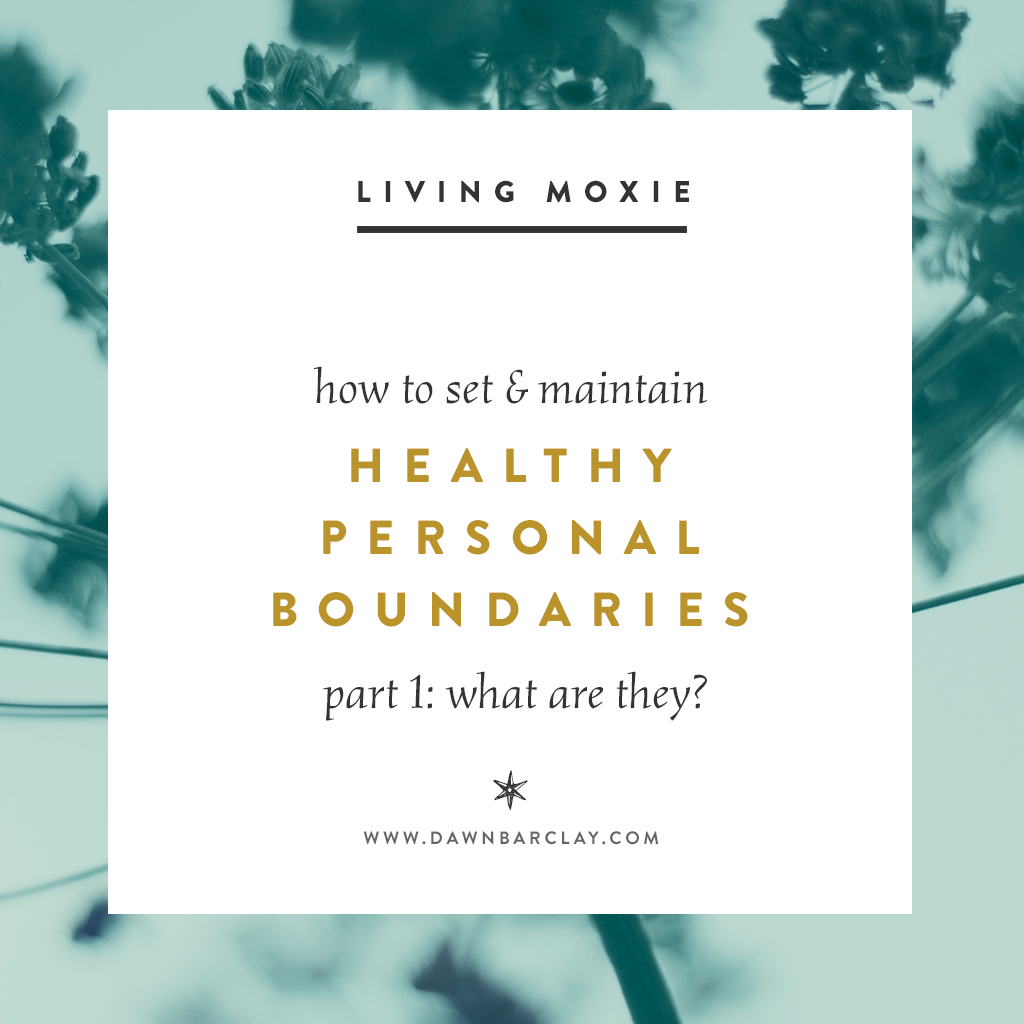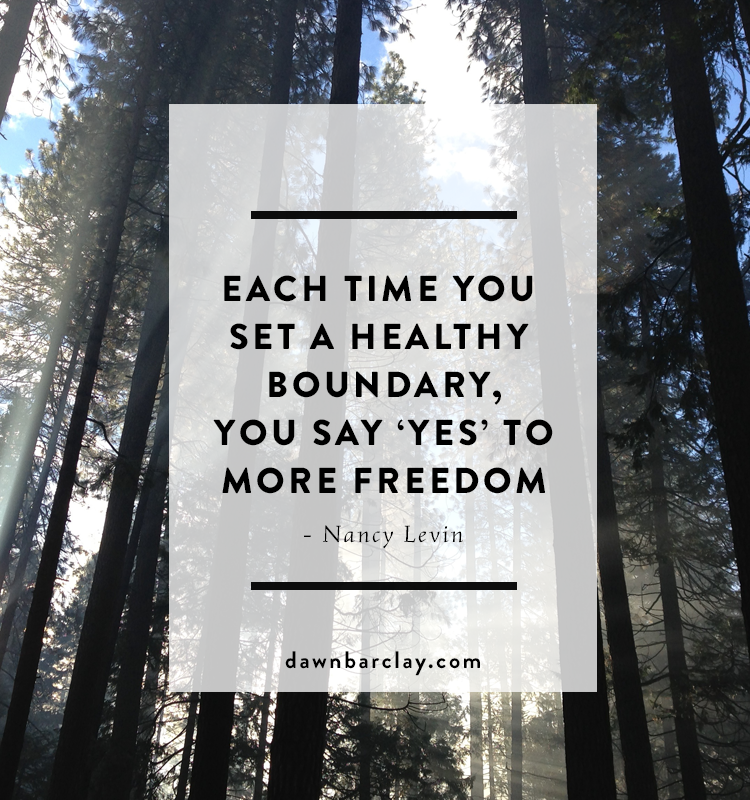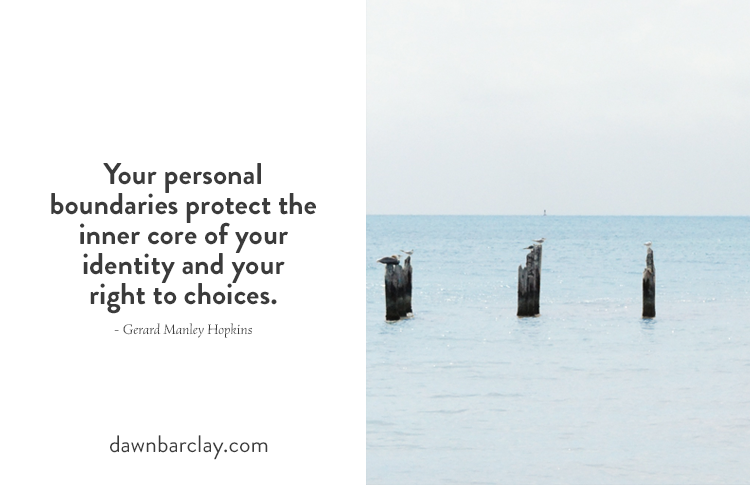Let’s have a little blog series on Personal Boundaries.
I have no idea how long it will be, if it turns into a mammoth affair I will pop it in a PDF so you can download it.
Okay. I’ll go through some material from a 2 day Personal and Professional Boundaries live training programme I deliver to front line services (working with vulnerable people in a supporting role). That programme includes a lot of case studies and what if group work and discussions, the chat goes deep into ethics, etiquette, best practice, assumed meanings and values which we obviously can’t do here.
However, we can look at:
- What are personal boundaries?
- The different types and styles of boundaries.
- How to identify, set and maintaining your own.
- How to enforce your own boundaries, with respect of the boundaries belonging to others.
- And probably a few other bits and bobs as we go.
Little intro over, let’s begin with:
A story.
A couple of weeks ago, I added a puppy to my existing four-legged menangierie. For those of you who don’t know, I said final goodbyes to a dog and a cat at the end of last year. The new addition wasn’t planned until Summer, but hey, as we both know life happens when you are making other plans.
She’s arrived.
At 11 weeks old she is learning about her world (read: a lot of chewing, nipping, biting and making the most of trying to eat her way through her new surroundings).
Right now, she doesn’t have a clue about what is acceptable behaviour and what isn’t. No boundaries. Everything is acceptable to her.
She’s pushing, testing, crossing lines, repeating unwanted behaviours and manipulating me with her extremely cute puppy looks.

However, we are in a human-canine relationship little Ms Scout and I. We need to be able to live together for a long time. Boundaries are a must otherwise, I’ll have a problematic dog by the time she’s 6 months. And I’m sure she may view me as a problematic human.
I hope with love, compassion and understanding (from me) and if I see the world from her little canine point of view, with repetition of this is okay and this isn’t she will – like those before her – grow up to (still) be a happy, content, safe, friendly, healthy, curious and up to mischief at times, canine who knows that this home is hers, mine and one that we share together.
But, we both have work to do.
A lot.
It starts with learning to trust one another – the beginning of all meaningful relationships, human or canine – and we have to maintain that trust for life. It could disappear forever if it’s violated, and especially if we keep stepping on, trampling and making a mockery of boundaries.
It’s obvious you’re not a puppy, and in some eyes Scout doglets boundaries may be viewed as discipline, this is not true as there is no punishment.
One of the main aims of setting healthy personal boundaries is to learn to trust your own Self: allowing yourself to come back to them as often as you need to, time and time again. To not dish out punishment when they are crossed and violated but to teach others – repeatedly if needed – how you wish to be treated.
To trust yourself that you have a voice, and learn to use it in every relationship. To promote freedom, self-love and self-care.
A few signs of unhealthy personal boundaries
- Have you ever agreed when you didn’t want to?
- Have you ever hidden how you feel just to keep the peace?
- Do you say yes, when you wanted to say no?
- Have you ever went along with an idea or plan even though it goes against your core values but it doesn’t cause a scene?
- Do you fight for the right to be heard?
- Ever feel that someone is in your head trampling on all you believe and feel, but you are too scared to ask them to leave?
- Do you keep quiet on your personal values and opinions when you really want to say something?
- Do you ignore your personal needs?
- Does anyone blame you for how you made them feel?
- Are you expected to dump your boundaries and values because they don’t please another?
- Do you expect the world to confirm to how you say it should go all the time?
- Do you ever feel violated and unsure of where you stand?
- Do you impose your values on others because you are right?
You may have answered to some ‘it depends’.
You may have found that you answered yes whilst thinking about your workplace, but it was a no in your significant personal relationships or vice versa. You may have very rigid and strict boundaries about your career, but around your family and friends, you find it harder to state clearly your boundaries.
Personal Boundaries aren’t yours exclusively
People miss this, so let’s cover it today.
They say, ‘I want so and so to respect me and my personal boundaries’. I ask them, do they know your personal boundaries, do you know theirs? Often the answer to both these questions is no.
One of the challenges of identifying, setting and maintaining your personal boundaries is protecting them whilst honouring those belonging to others.
And this is where personal boundaries is a deep communication skill.
There will be times, moments, experiences, relationships and interactions with other humans where personal boundaries will clash and be crossed. Occasionally your boundaries will be rejected, and you will reject others.
Personal Boundaries aren’t aggressive, they aren’t ‘My way or no way’, ‘This way, or else’.
They aren’t a threat. They aren’t about control.
They are certainly not about power over. But they are about shared personal power.
They aren’t manipulation, bullying, aggression or coercion.
But they are about protection: physically, physiologically and emotionally.
We all have the right to personal space. We all have the right and freedom to own our thoughts, values, opinions and beliefs. We all have the right to state clearly what behaviours we will and won’t allow in our lives. That means, perhaps for your own protection (and protection of the other individual), there may be relationships that simply cannot exist in to protect your own health and well-being.
What are personal boundaries?
I like them described as an imaginary line or border: this emotional, psychological and physical line determines what – behaviours – you let in and what you let out.
You didn’t arrive with them. You have to identify them.
Growing up you will have experienced boundaries – or not – laid down by the primary caregivers in your life. Some of you will have grown up in environments with healthy boundaries – not too rigid, not too loose, but consistent. Others will have experienced no boundaries in place, and the rest with very fixed boundaries.
What type you experienced will have impacted you, it’s important to say here that it’s your responsibility to work with your boundaries and maintain a healthy set for yourself as an adult.
For example, for years, it was hard for me to follow through on what would happen if my personal boundaries were violated. I would set them. Know them. Be aware of my own lines in the sand, but I found it hard to tell others what they were.
I grew up in a rigid boundaries household, but it was also very confusing for a child. One parent would be more relaxed with boundaries than the other. And challenging a boundary as a child – if I thought it was unfair – was a no no in our household. You didn’t rock boats, and conflict was pretty much avoided at all costs.
One of the main reasons for my wishy-washy (we will get to this phrase) personal boundaries was my people-pleasing little issue I had, stemmed from childhood when it was forbidden to question.
My point: if you know you have unhealthy personal boundaries (see above), you may find it useful to look backwards to notice what was happening in your most impressionable years. The answers will be lurking there.
There is a great one-liner in counselling and coaching which is covered during personal boundaries training, it goes something like this, ‘boundaries help you know where your client ends and your begins’.
This applies to all relationships, not just certain professions. For healthy personal boundaries we work at knowing ourselves, and learn not to merge ourselves with others (that’s co-dependency).
Personal Boundaries are ultimately about the Protection of Self
For me, I used to ask, ‘This protection of self. What am I protecting exactly? My values? Ideas? Identity? Uniqueness? Beliefs? Individuality? Thoughts?’
Answer? All of them.
Self-protection is keeping your own self safe from harm, injury or damage.
We’ve probably all heard of self-defence classes to protect us physically from threat. Protection of Self and healthy personal boundaries are about protecting ourselves emotionally, psychologically and physically: free from harmful behaviours, manipulation, threat and having the tools to ensure that we affirm and maintain self-worth.
Healthy personal boundaries are your safeguard
When I worked with vulnerable adults and children the phrase we used a lot was Safeguarding. In that profession, there was a lot of professional and personal boundaries, practices, regulations and rules that I had to adhere to. To protect myself, the child/adult I worked with, the organisation and society.
- They are the limits you set for and on yourself.
- They are the lines you use to help you define your core values,.
- They are your own set of standards of what behaviour you accept and don’t for yourself and upon yourself.
- They are set by you to keep you safe, and (with practice) they help others feel safe around you.
- They are your own filtration system of what gets in, what’s left out.
- And they are your guide, letting you know what you need to do when you feel your own code of conduct is threatened, violated and stampeded on.
Personal Boundaries are about self-respect
Not about being right or wrong.
Self-respect is your own judgement of you, that you are a worthwhile human being and as such you don’t suppress your feelings, wants, needs and wishes. If you feel you can’t express these at present, one place to look is your boundaries.
Please don’t think that everything you want in life is met, that’s not how life goes. But you respect yourself and see who you are as worthy as stating your sense of Self in all your relationships.
It’s about responding and not reacting when you feel your personal boundaries are being manipulated, violated and disrespected (and not to behave in this way towards others). So, to express them, other skills are required: emotional intelligence, self-love and a positive self-regard.
It’s about respecting yourself enough to not bully, coerce or use aggression when you state what you would like to happen if you feel your boundaries have been crossed. And not to feel shame, guilt or nervous either.
Try this. Next time we will look at the types, forms and styles of personal boundaries, we have a way to go but a lot of the personal boundaries you have today – healthy or not – will have come from previous experiences, significant past relationships (including care primary givers), what and who you observed as a child.
That means some of the boundaries you have set for yourself today may be a fall-out from your past. They may not be yours, but they may belong to those individuals in your earlier years (like beliefs and values). They’ve been handed down to you, the same lines in the sand.
Have a look again at the Signs of Unhealthy Boundaries (above), or download them here as a PDF. Ask yourself for each of your answers: is this acceptable or unacceptable in my life, where did I learn this, what could happen if you set a new boundary for a new behaviour, what would you like the new boundary to be?



Leave a Reply